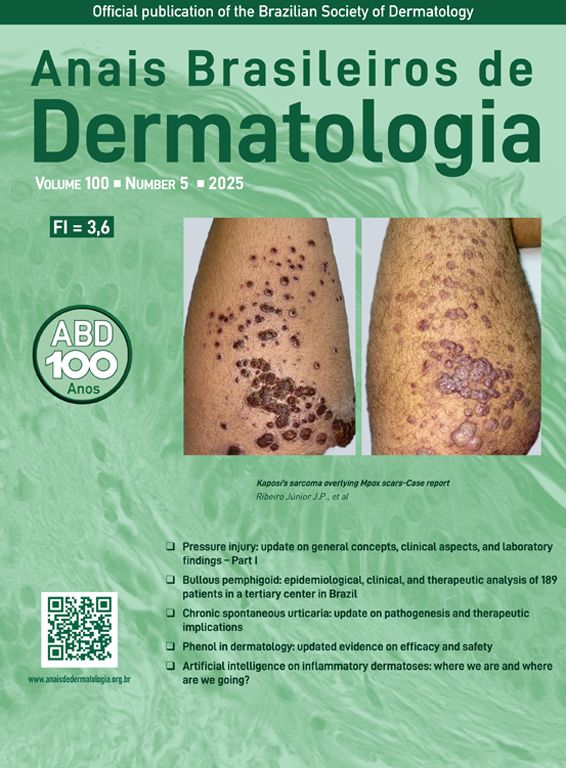was read the article
| Year/Month | Html | Total | |
|---|---|---|---|
| 2025 10 | 96 | 44 | 140 |
| 2025 9 | 296 | 121 | 417 |
| 2025 8 | 222 | 100 | 322 |
| 2025 7 | 229 | 81 | 310 |
| 2025 6 | 202 | 59 | 261 |
| 2025 5 | 241 | 77 | 318 |
| 2025 4 | 228 | 60 | 288 |
| 2025 3 | 222 | 66 | 288 |
| 2025 2 | 200 | 81 | 281 |
| 2025 1 | 167 | 62 | 229 |
| 2024 12 | 147 | 95 | 242 |
| 2024 11 | 178 | 70 | 248 |
| 2024 10 | 149 | 105 | 254 |
| 2024 9 | 173 | 133 | 306 |
| 2024 8 | 212 | 187 | 399 |
| 2024 7 | 194 | 141 | 335 |
| 2024 6 | 169 | 107 | 276 |
| 2024 5 | 212 | 74 | 286 |
| 2024 4 | 329 | 146 | 475 |
| 2024 3 | 663 | 196 | 859 |
| 2024 2 | 106 | 107 | 213 |
| 2024 1 | 60 | 67 | 127 |



